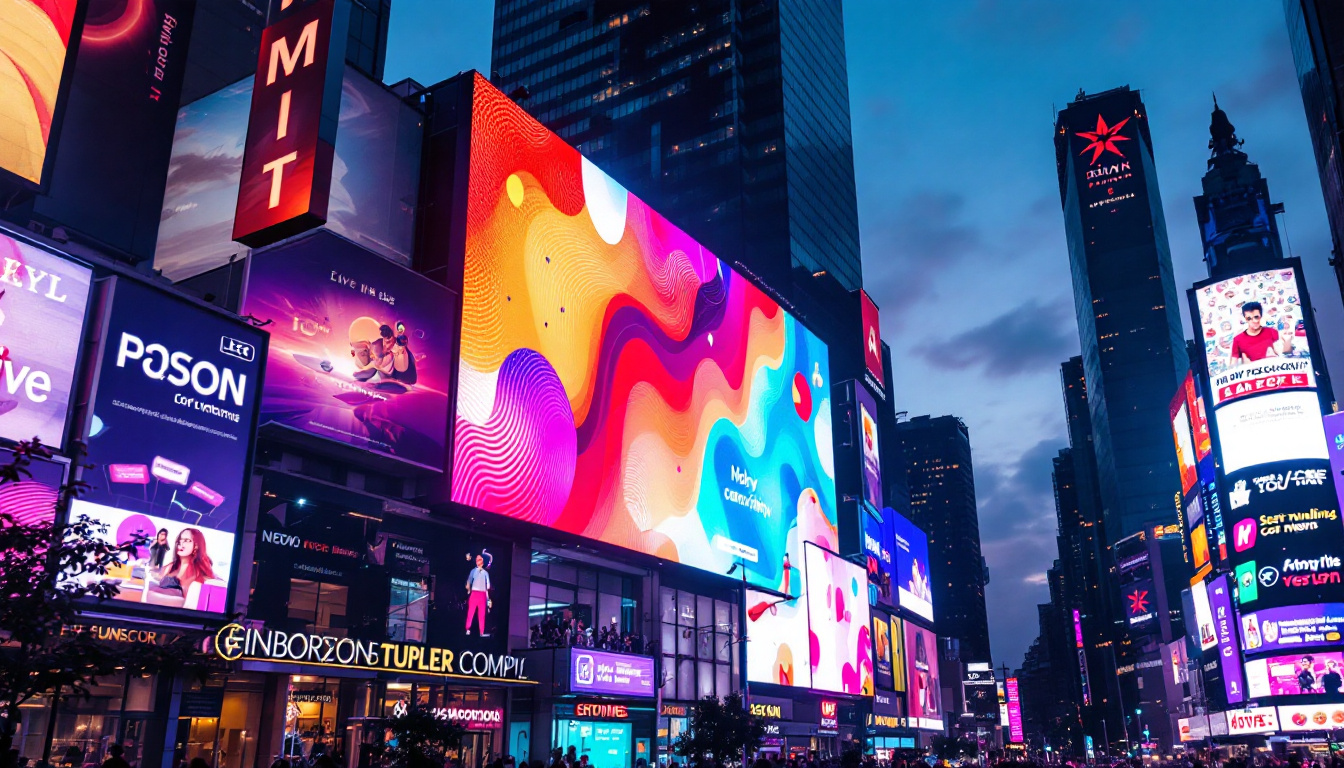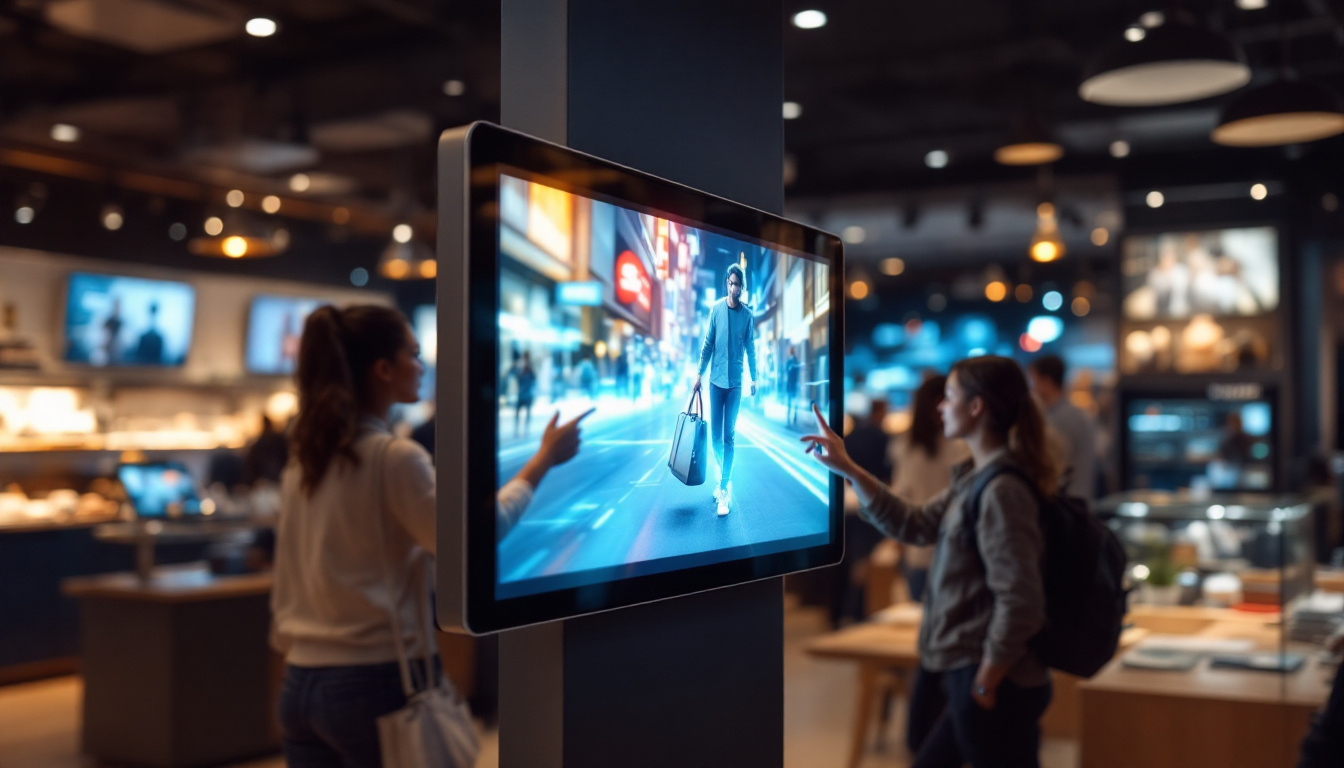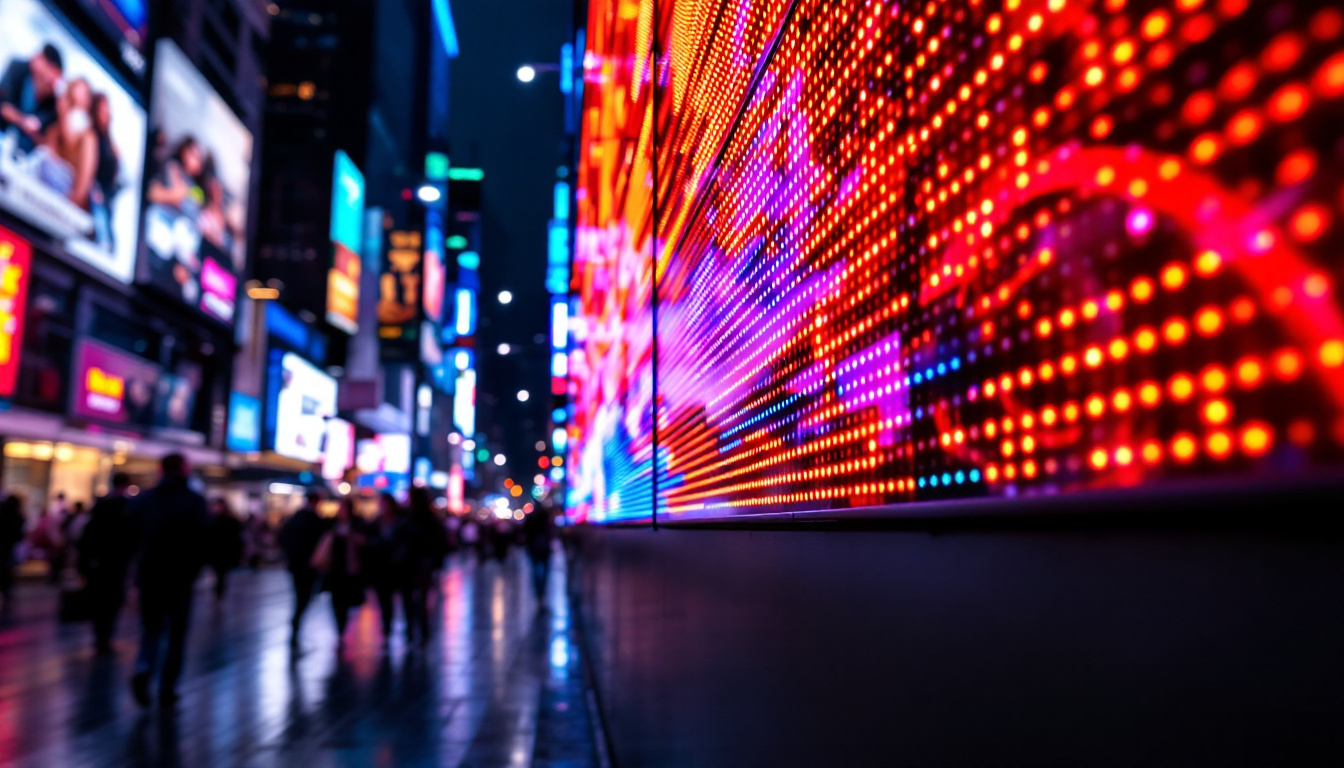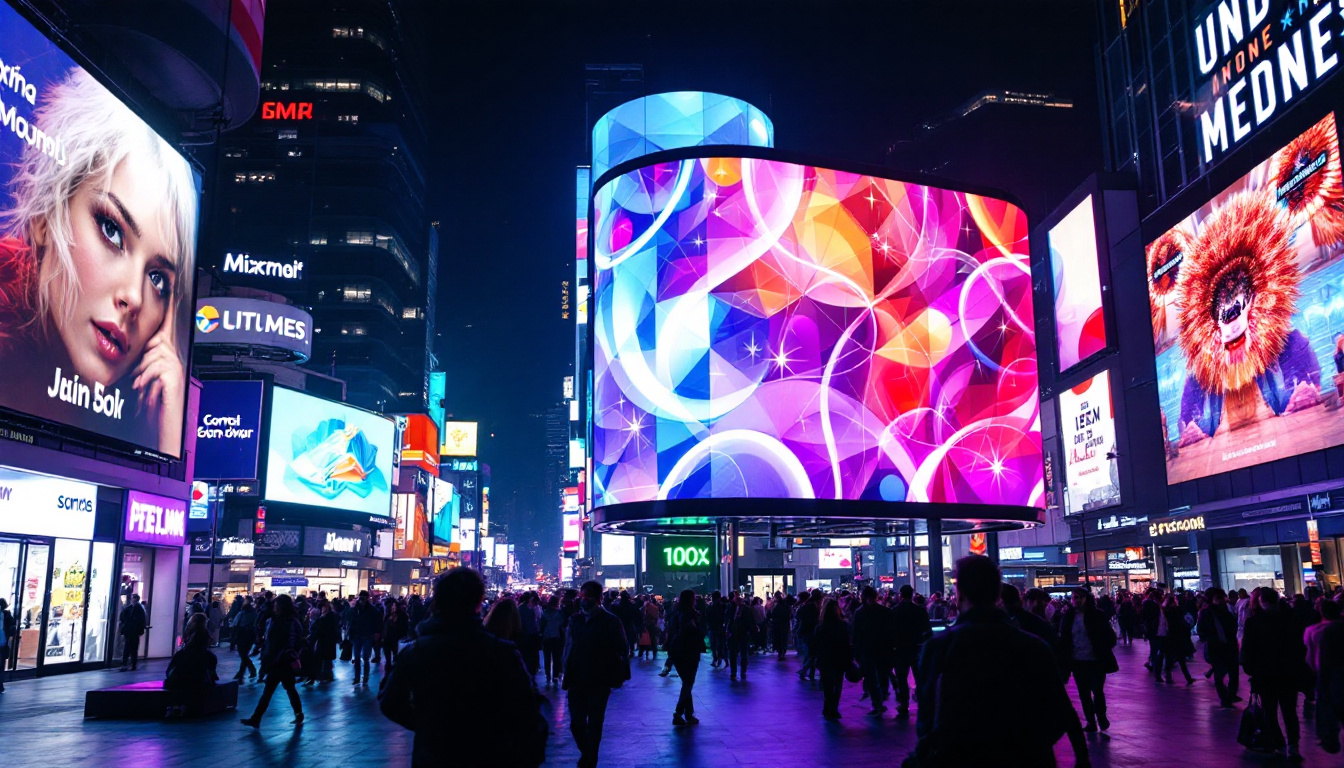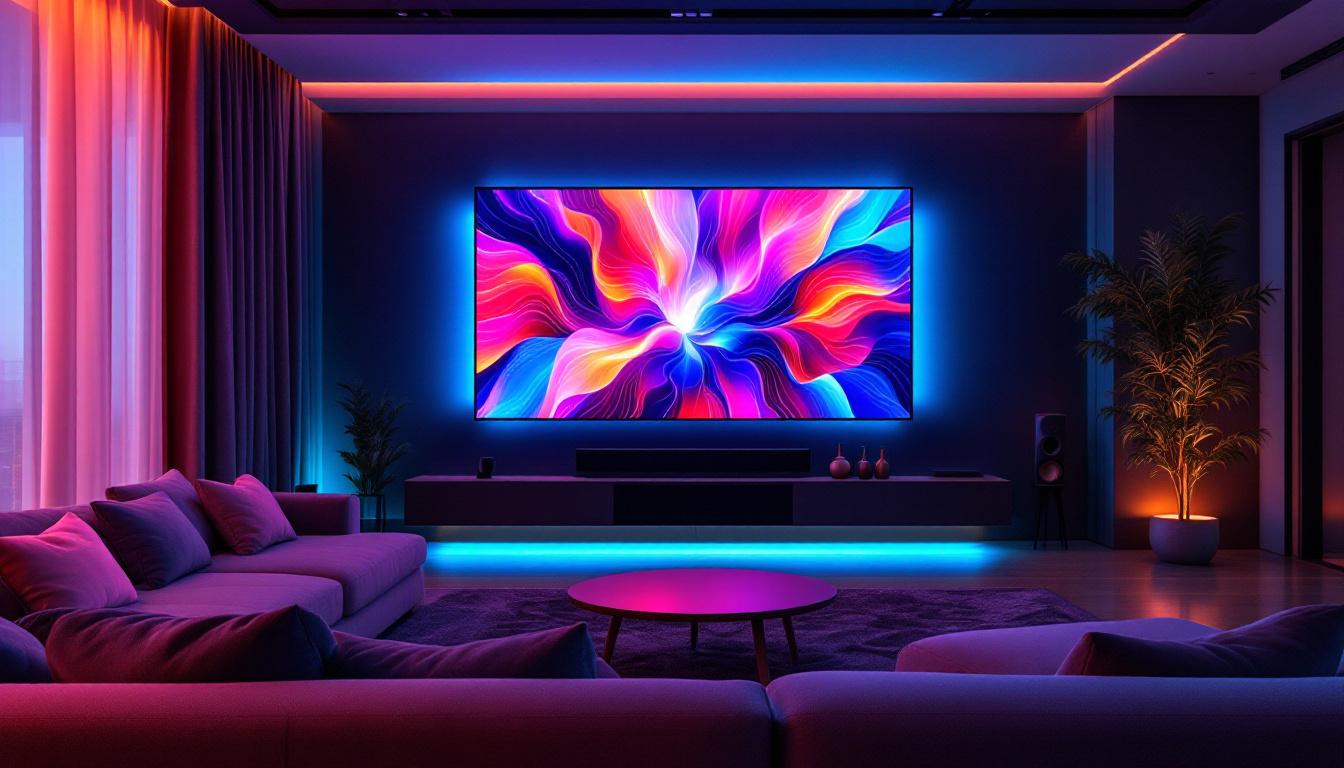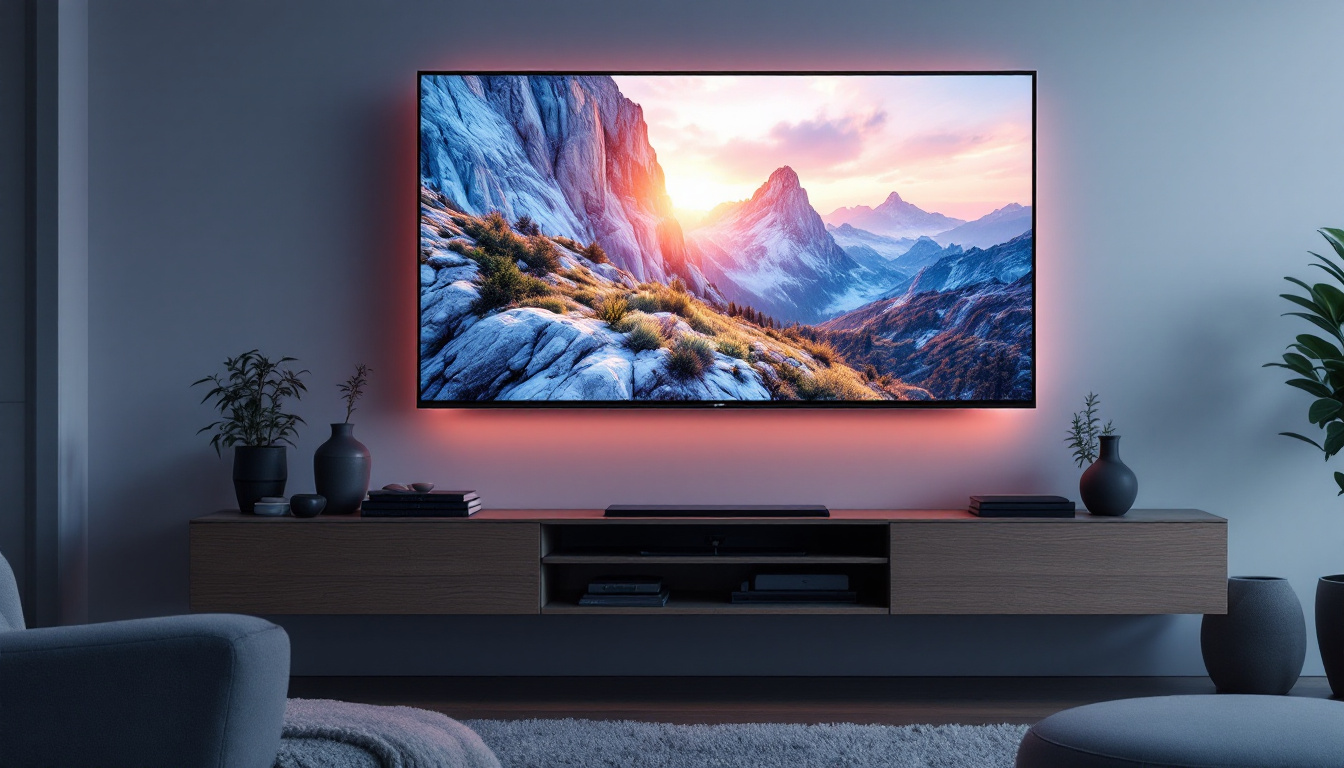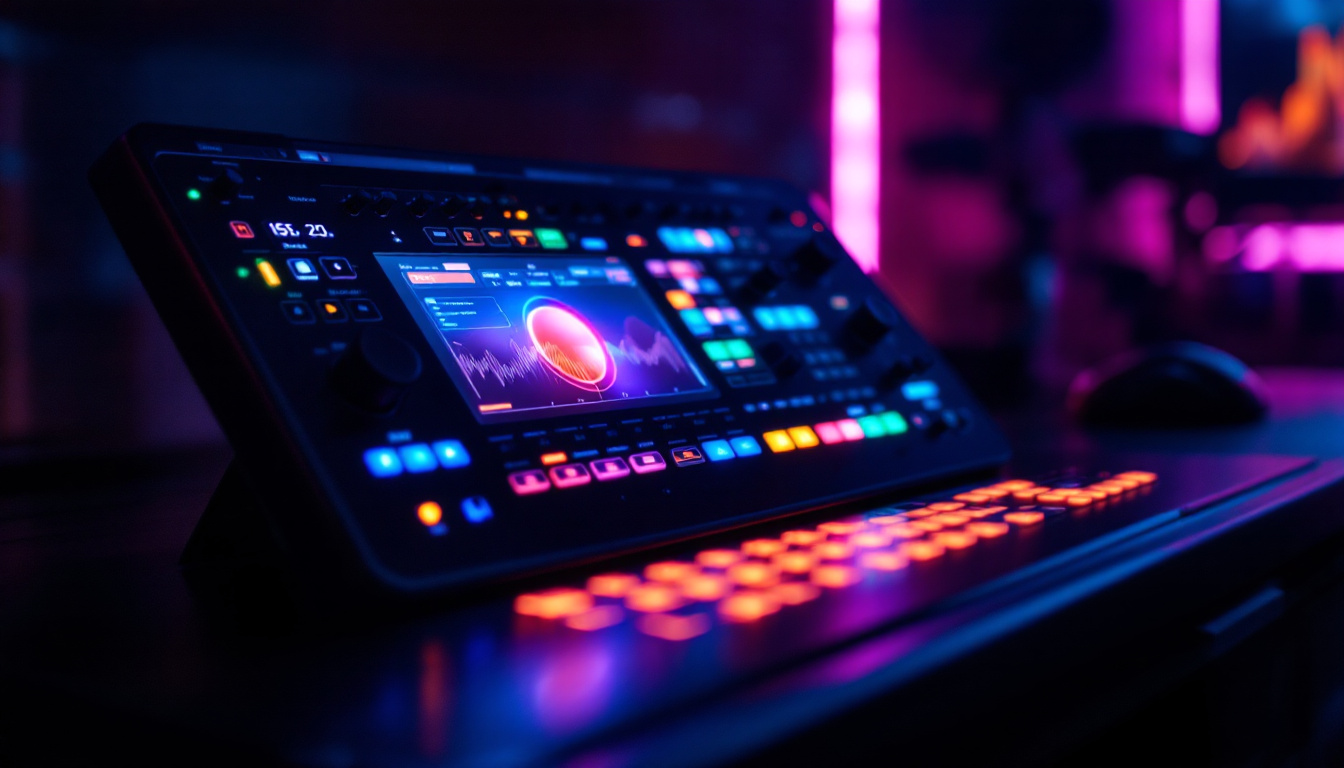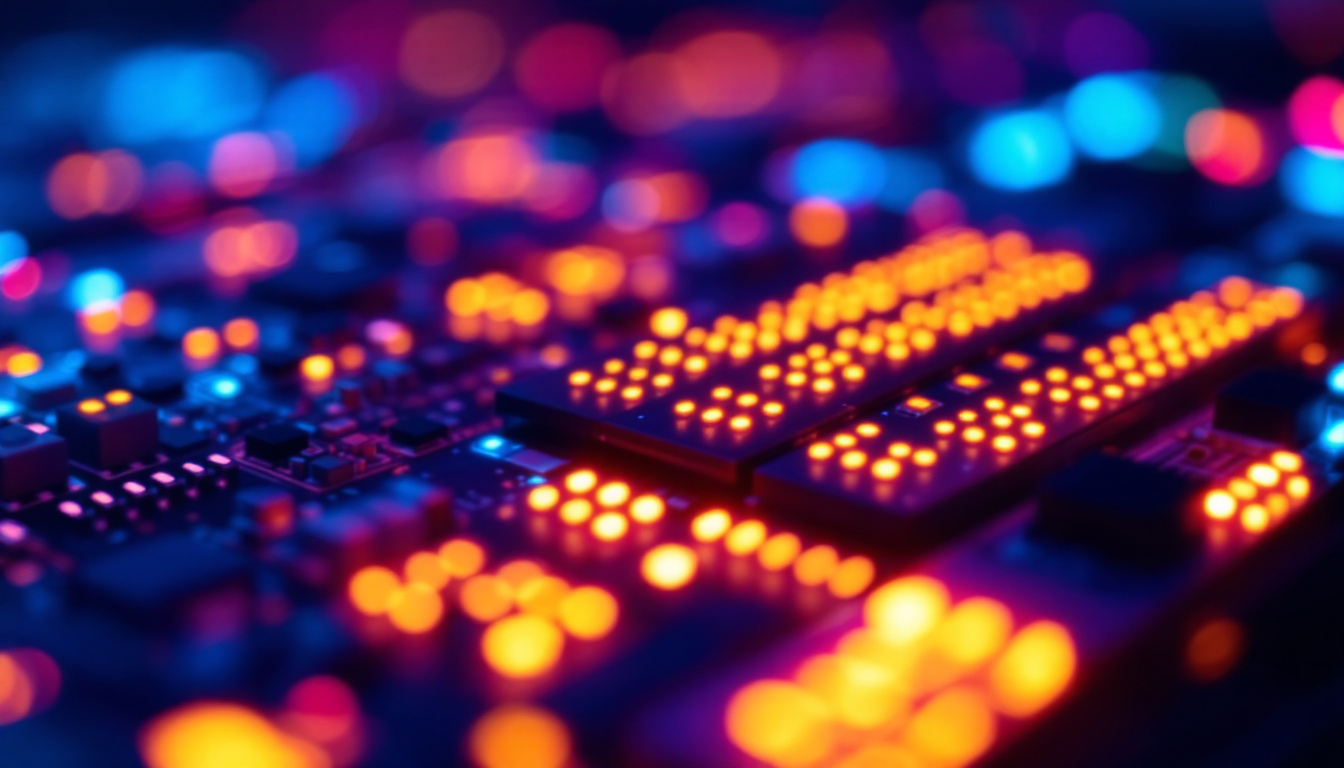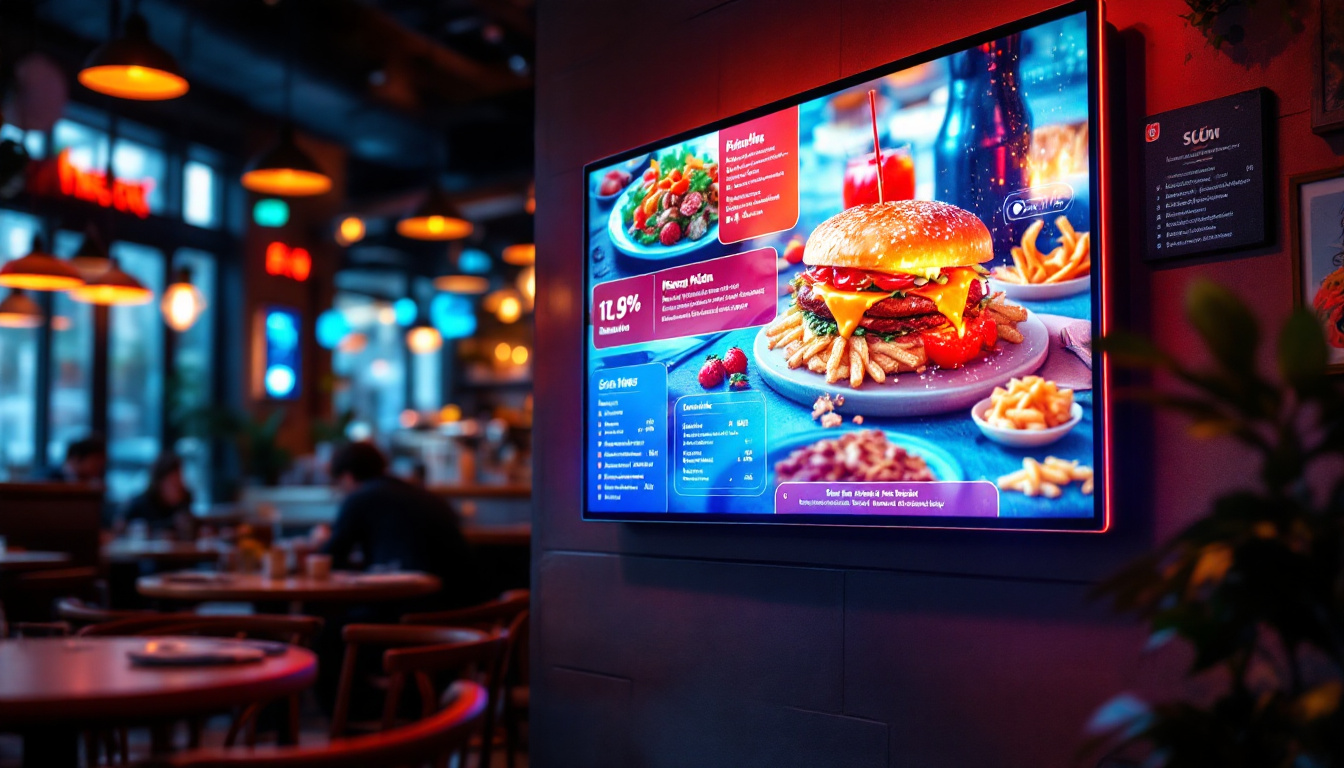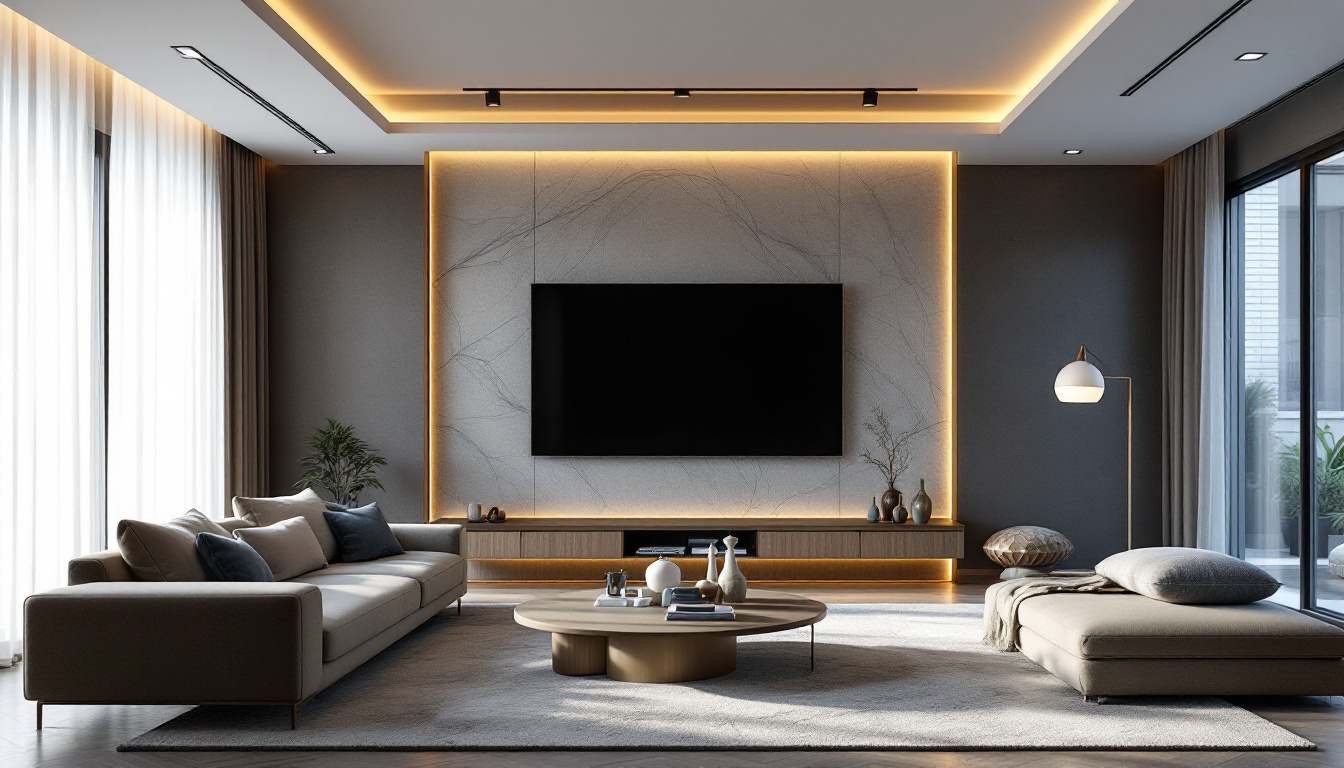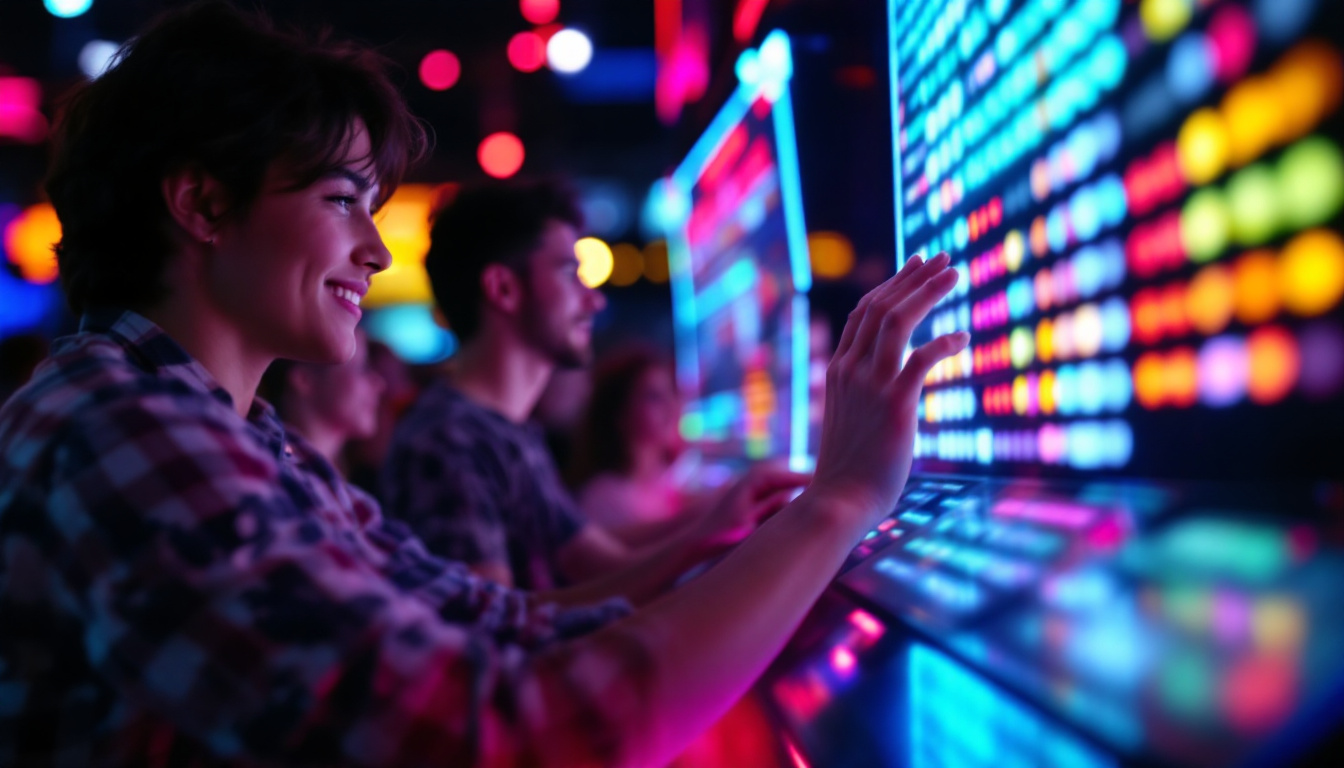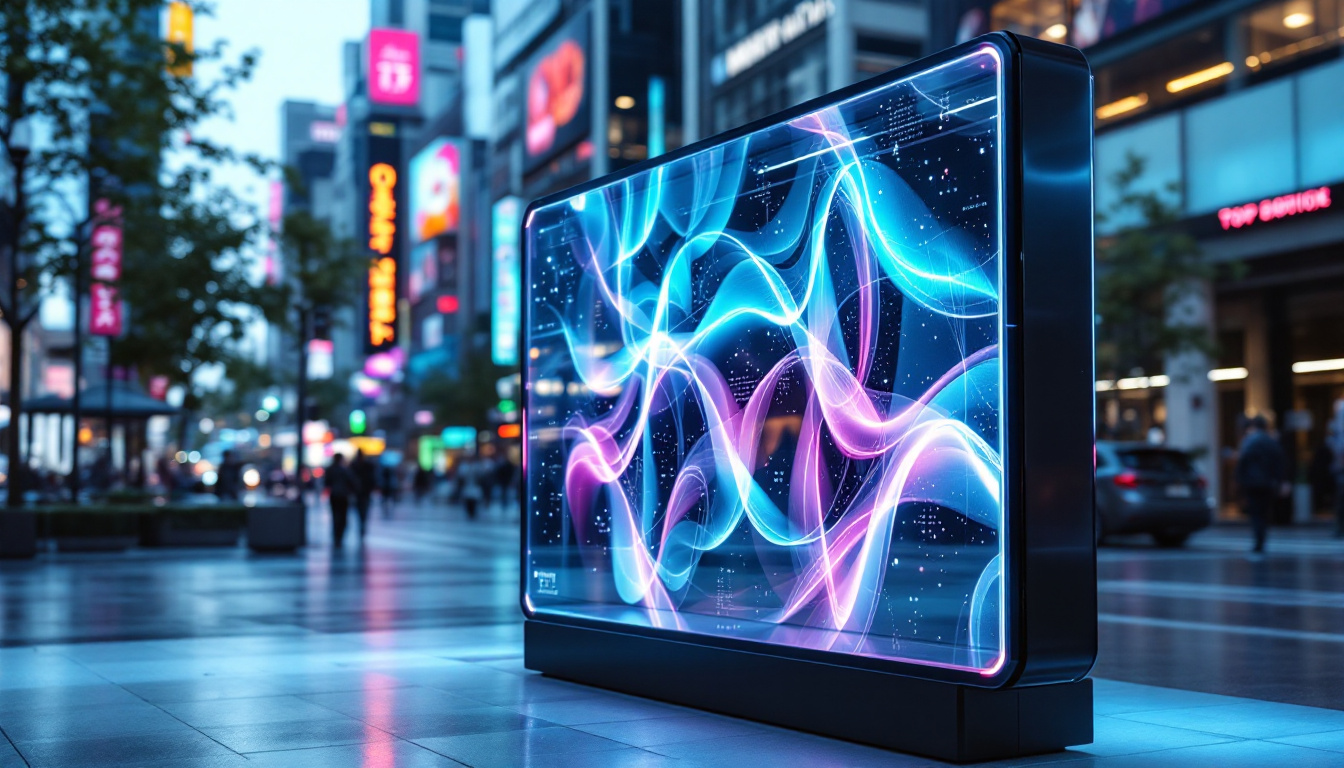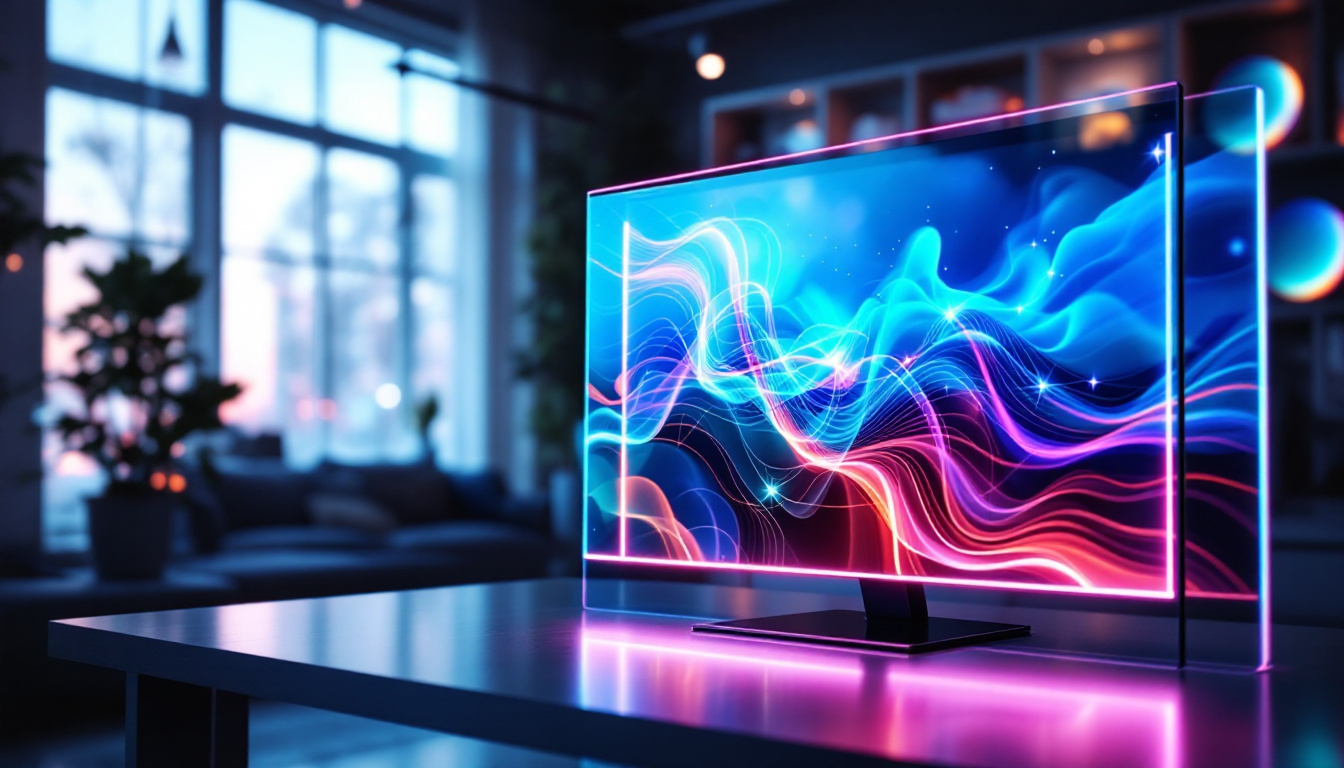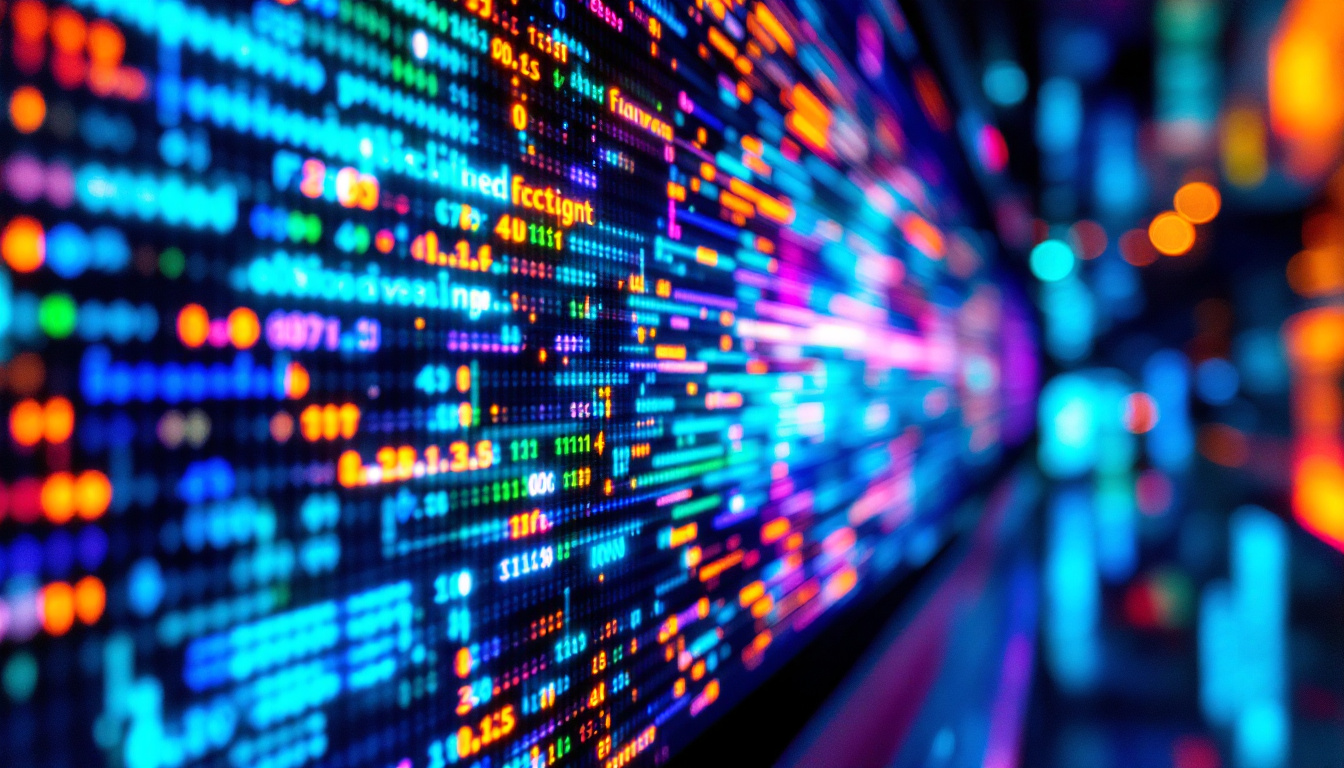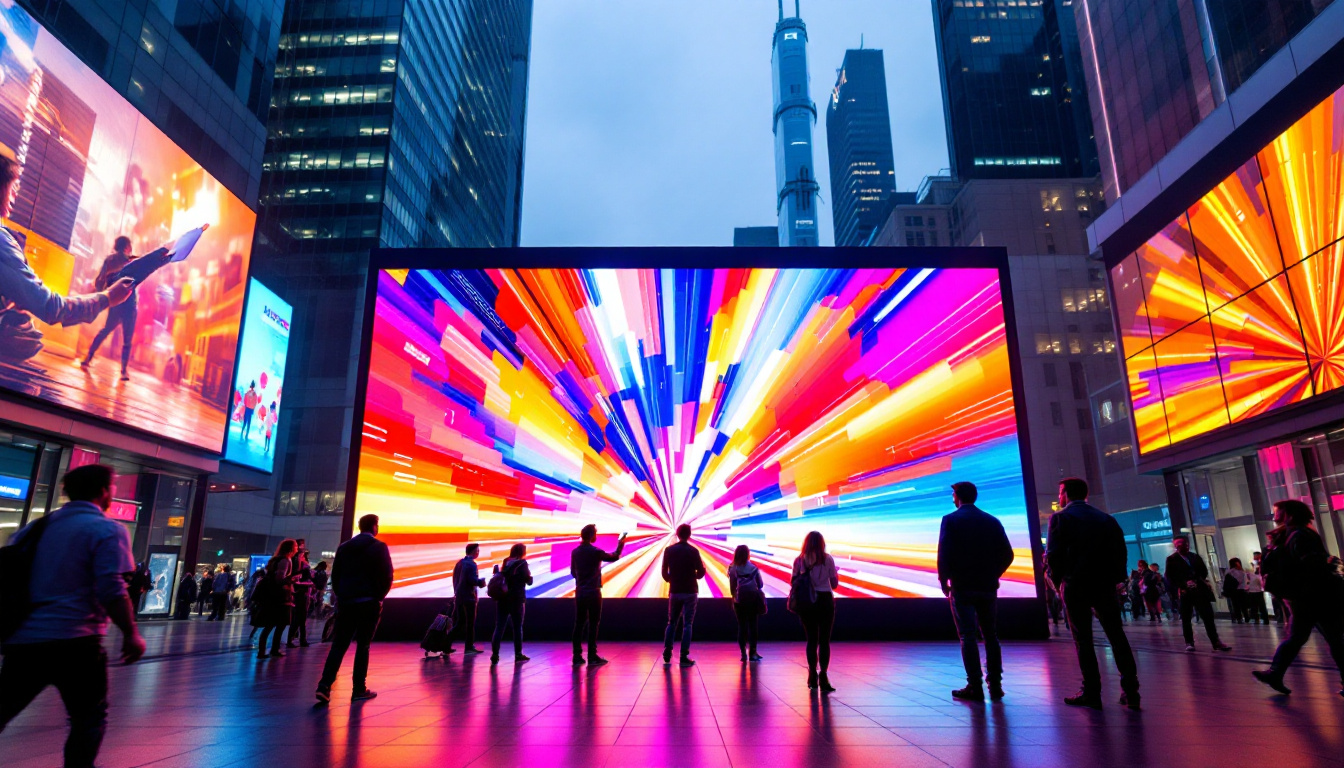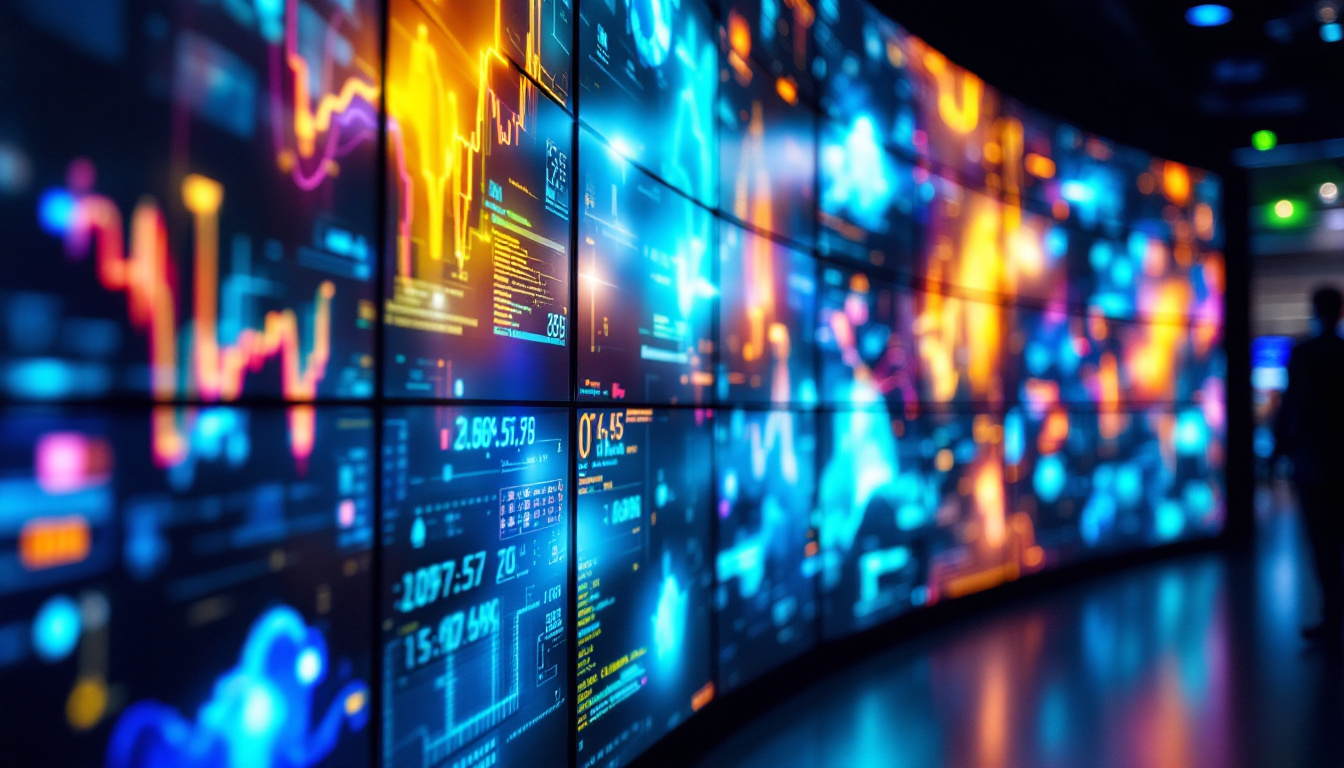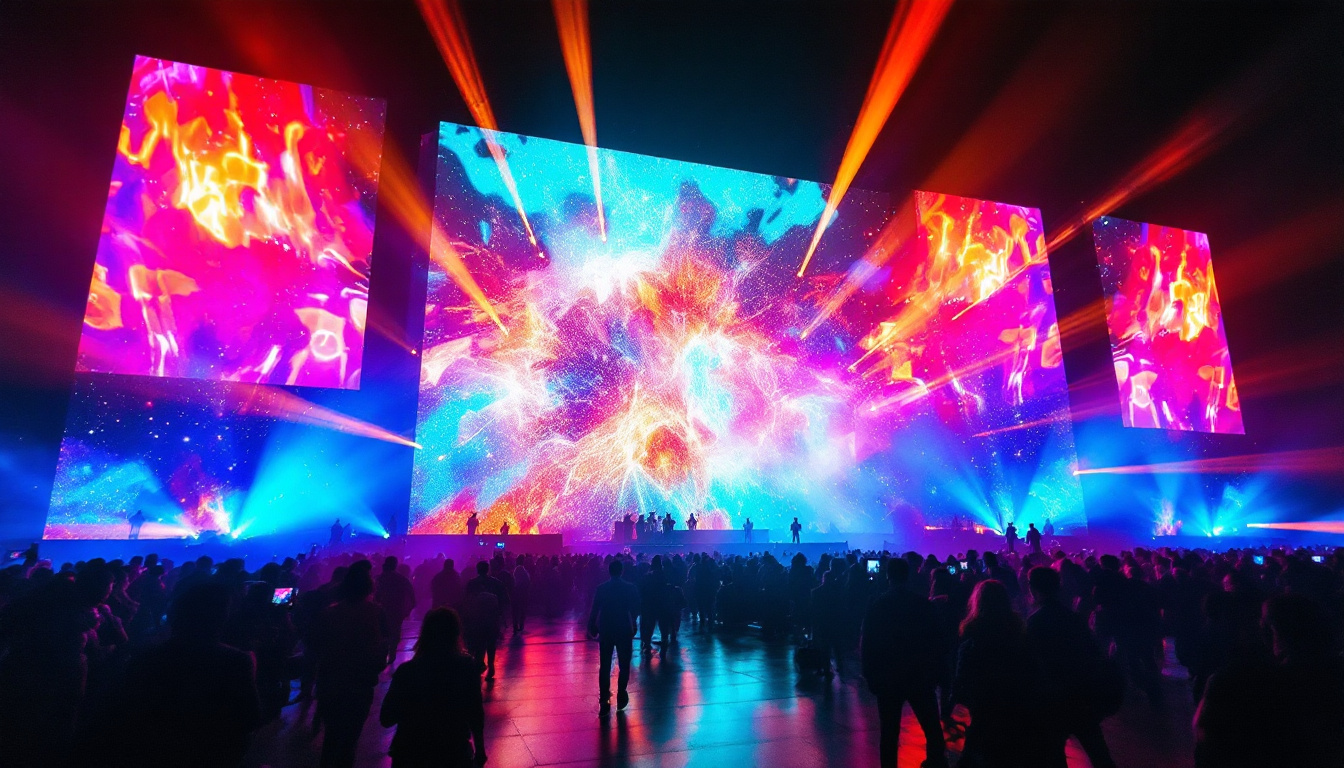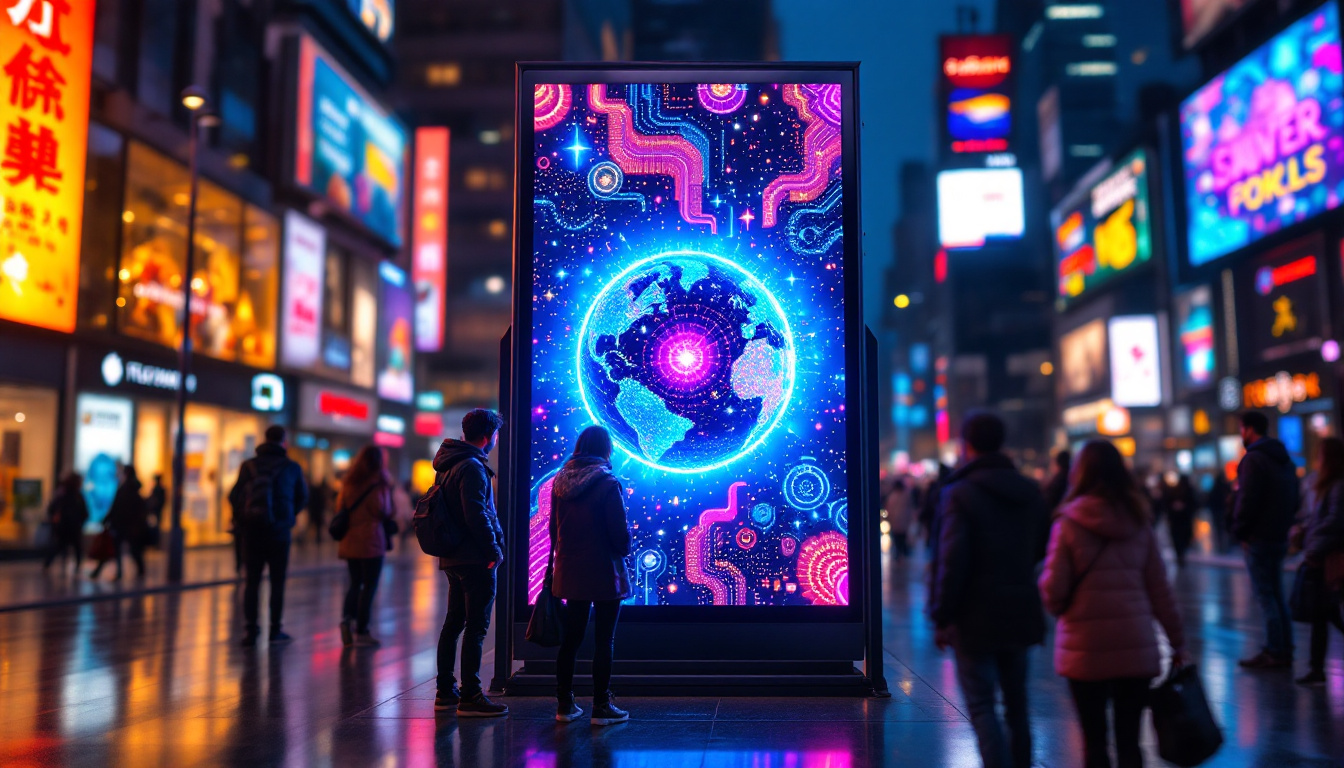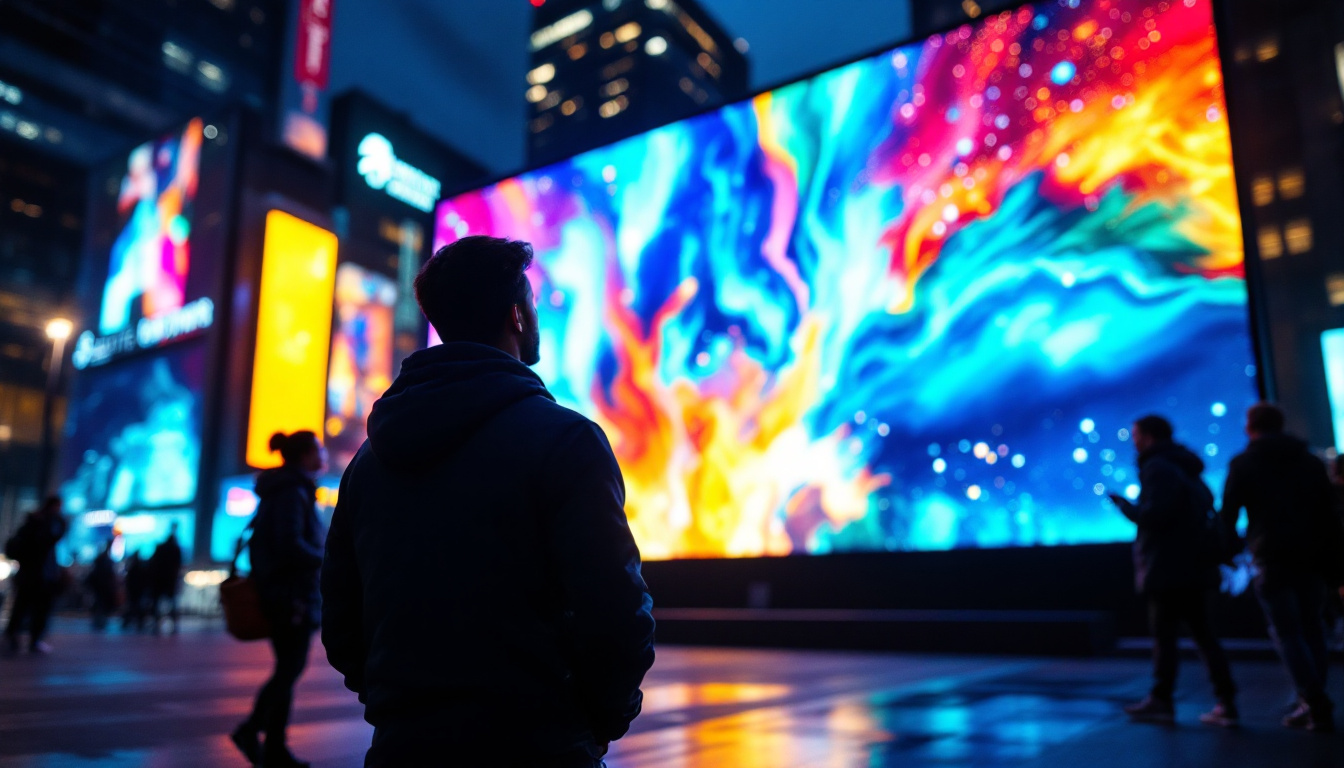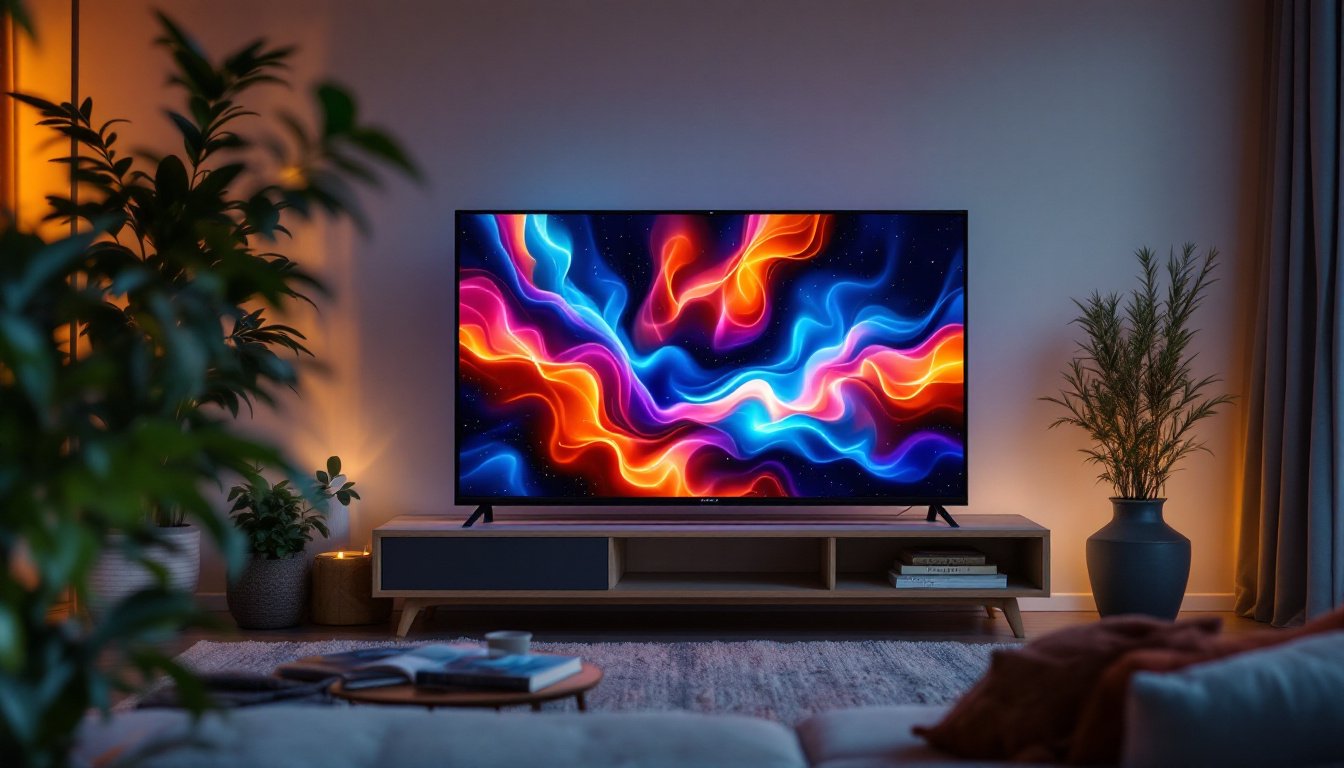In the modern landscape of advertising, LED displays have emerged as a transformative technology, reshaping how brands communicate with their audiences. These vibrant screens are not just a trend; they represent a significant evolution in visual advertising, offering dynamic content that captures attention and engages viewers like never before. This article delves into the intricacies of LED displays, exploring their technology, applications, and the myriad benefits they offer to advertisers.
Understanding LED Technology
Light Emitting Diodes (LEDs) are semiconductor devices that emit light when an electric current passes through them. This technology is at the heart of LED displays, enabling them to produce bright, colorful images and videos. The versatility of LEDs allows for a wide range of applications, from small screens in retail environments to massive billboards in urban settings. Over the years, advancements in LED technology have led to increased energy efficiency and longer lifespans, making them a popular choice for both commercial and residential lighting solutions.
Moreover, the environmental impact of LEDs is significantly lower compared to traditional lighting options. They consume less power, which translates to reduced carbon emissions, and they do not contain harmful substances like mercury, making them safer for disposal. As sustainability becomes a priority for many industries, the shift towards LED technology is not just a trend but a necessary evolution in how we approach lighting and display solutions.
How LED Displays Work
LED displays consist of numerous tiny pixels, each made up of red, green, and blue diodes. By adjusting the intensity of these diodes, a full spectrum of colors can be created. The combination of these colors allows for the display of intricate images and videos. The resolution of an LED display is determined by the pixel pitch, which is the distance between the centers of two adjacent pixels. A smaller pixel pitch results in higher resolution and sharper images, making it ideal for close viewing distances. This characteristic is particularly advantageous in settings like control rooms or high-end retail displays, where detail is paramount.
In addition to color and resolution, LED displays can be either direct view or rear projection. Direct view LED displays are composed of individual LED modules that are assembled together to form a larger screen. Rear projection displays use LEDs to project images onto a screen from behind, allowing for a different viewing experience. Each type has its own advantages and is suited for specific applications. For instance, direct view displays are often favored for their vibrant colors and high brightness levels, while rear projection systems can be more space-efficient and provide a sleek aesthetic in environments where space is limited.
Types of LED Displays
LED displays can be categorized into several types based on their application and configuration. The most common types include:
- Indoor LED Displays: These are designed for use in enclosed spaces such as shopping malls, airports, and conference centers. They typically have a smaller pixel pitch for high-resolution images, making them ideal for close-up viewing. Indoor displays are often used for advertising, information dissemination, and entertainment purposes, enhancing the overall experience for visitors.
- Outdoor LED Displays: Built to withstand the elements, outdoor displays are larger and have a higher brightness level to ensure visibility in direct sunlight. These displays are commonly seen in sports arenas, public squares, and along highways, where they can attract attention from a distance and convey messages effectively, even in challenging lighting conditions.
- Transparent LED Displays: These innovative displays allow light to pass through, making them ideal for storefronts and exhibitions where visibility is crucial. They create a stunning visual effect, allowing businesses to showcase products while still maintaining an open and inviting atmosphere. Transparent displays are becoming increasingly popular in modern architecture, where they blend seamlessly into the environment.
Applications of LED Displays
The versatility of LED displays has led to their widespread adoption across various industries. From retail to entertainment, the applications are diverse and impactful.
Retail Advertising
In the retail sector, LED displays serve as eye-catching advertising tools that can showcase products, promotions, and brand messages. Their dynamic nature allows retailers to change content frequently, keeping the displays fresh and engaging. For instance, a clothing store can highlight seasonal sales or new arrivals simply by updating the display content.
Moreover, LED displays can enhance the shopping experience by providing interactive elements, such as touch screens or QR codes that lead to online content. This interactivity not only captures attention but also encourages customer engagement, driving sales and brand loyalty.
Event and Entertainment Industry
In the world of events and entertainment, LED displays play a crucial role in creating immersive experiences. Concerts, festivals, and sports events utilize large-scale LED screens to broadcast live performances, highlight key moments, and engage audiences. The ability to display high-definition video content in real-time enhances the overall experience for attendees.
Additionally, event organizers can use LED displays for branding and sponsorship opportunities, allowing companies to showcase their logos and messages to large audiences. This integration of advertising within the event environment creates a win-win situation for both organizers and sponsors.
Transportation and Public Spaces
LED displays are increasingly being used in transportation hubs, such as airports and train stations, to provide real-time information to travelers. Flight information, schedules, and directions can be displayed clearly and efficiently, improving the overall travel experience.
In public spaces, LED displays serve as platforms for community announcements, public service messages, and advertisements. Their visibility and adaptability make them ideal for conveying important information to a broad audience.
Benefits of LED Displays in Advertising
The adoption of LED displays in advertising comes with a host of benefits that make them an attractive option for businesses looking to enhance their marketing strategies.
High Visibility and Impact
One of the most significant advantages of LED displays is their high visibility. The brightness levels of LED screens ensure that content is easily viewable in various lighting conditions, including direct sunlight. This visibility translates into higher engagement rates, as passersby are more likely to notice and absorb the displayed content.
Furthermore, the dynamic nature of LED displays allows for the use of animations and videos, which can capture attention more effectively than static images. This heightened impact can lead to increased brand awareness and recall among consumers.
Cost-Effectiveness and Longevity
While the initial investment in LED technology may be higher than traditional advertising methods, the long-term cost-effectiveness is undeniable. LED displays consume less power than other lighting technologies, resulting in lower energy bills. Additionally, they have a longer lifespan, often lasting over 100,000 hours, which reduces the need for frequent replacements.
Moreover, the ability to update content remotely and in real-time eliminates the costs associated with printing and installing new advertisements. Advertisers can quickly adapt their messaging based on market trends or promotions, ensuring that their content remains relevant and effective.
Environmental Considerations
As sustainability becomes increasingly important, LED displays offer an environmentally friendly alternative to traditional advertising methods. LEDs are free from toxic materials such as mercury, making them safer for the environment. Additionally, their energy efficiency contributes to a lower carbon footprint.
Many companies are now prioritizing sustainable practices, and utilizing LED displays aligns with these values. By choosing eco-friendly advertising solutions, businesses can enhance their brand image while contributing positively to the planet.
Challenges and Considerations
Despite the numerous benefits, there are challenges and considerations that advertisers must keep in mind when implementing LED displays.
Initial Investment and Maintenance
The upfront cost of LED displays can be a barrier for some businesses, particularly small enterprises. While the long-term savings are significant, the initial investment may require careful budgeting and planning. It is essential for businesses to conduct a cost-benefit analysis to determine if LED displays are a viable option for their advertising strategy.
Additionally, while LED displays are generally low-maintenance, they do require periodic upkeep to ensure optimal performance. Regular cleaning and software updates are necessary to keep the displays functioning correctly and displaying high-quality content.
Content Management and Creativity
Creating compelling content for LED displays is crucial for maximizing their effectiveness. Advertisers must invest time and resources into developing engaging visuals and messages that resonate with their target audience. This creative aspect can be challenging, particularly for businesses without in-house marketing teams.
Moreover, the rapid pace of content updates necessitates a robust content management system. Advertisers must be prepared to adapt their messaging frequently to keep audiences engaged, which can be resource-intensive.
The Future of LED Displays in Advertising
As technology continues to evolve, the future of LED displays in advertising looks promising. Innovations in display technology, such as flexible and foldable screens, are set to open new avenues for creative advertising solutions.
Integration with Smart Technology
The integration of LED displays with smart technology is poised to revolutionize advertising further. With advancements in data analytics and artificial intelligence, advertisers can create personalized content that targets specific demographics based on real-time data. This level of customization enhances the effectiveness of advertising campaigns and improves customer engagement.
Additionally, the rise of augmented reality (AR) and virtual reality (VR) technologies presents exciting opportunities for LED displays. Combining these technologies with LED screens can create immersive experiences that captivate audiences and drive brand loyalty.
Global Trends and Innovations
Globally, the trend towards digital signage is on the rise, with LED displays leading the charge. As more businesses recognize the advantages of dynamic advertising, the demand for LED technology is expected to grow. Innovations in display resolution, energy efficiency, and interactivity will continue to shape the landscape of advertising.
Furthermore, as cities become more urbanized, outdoor LED displays will play a crucial role in urban advertising strategies. The ability to capture the attention of pedestrians and commuters in bustling city environments will remain a key advantage for brands looking to stand out.
Conclusion
LED displays have fundamentally changed the advertising landscape, offering unparalleled visibility, engagement, and flexibility. As technology continues to advance, the potential for LED displays in advertising will only expand, providing businesses with innovative ways to connect with their audiences. While challenges exist, the benefits far outweigh the drawbacks, making LED displays a worthwhile investment for brands seeking to enhance their marketing efforts.
In a world where attention is scarce, LED displays shine brightly, illuminating the path for advertisers to reach their goals and engage consumers effectively. Embracing this technology not only keeps brands relevant but also positions them at the forefront of the advertising revolution.
Illuminate Your Brand with LumenMatrix
Ready to elevate your advertising strategy with the brilliance of LED technology? Discover LumenMatrix’s comprehensive suite of LED display solutions, from vibrant Indoor and Outdoor LED Wall Displays to innovative LED Posters and Transparent Displays. Our mission is to revolutionize your visual communication, ensuring your message resonates with clarity and impact. Don’t just take our word for it; check out LumenMatrix LED Display Solutions today and see how we can transform your brand’s visibility and audience engagement.

